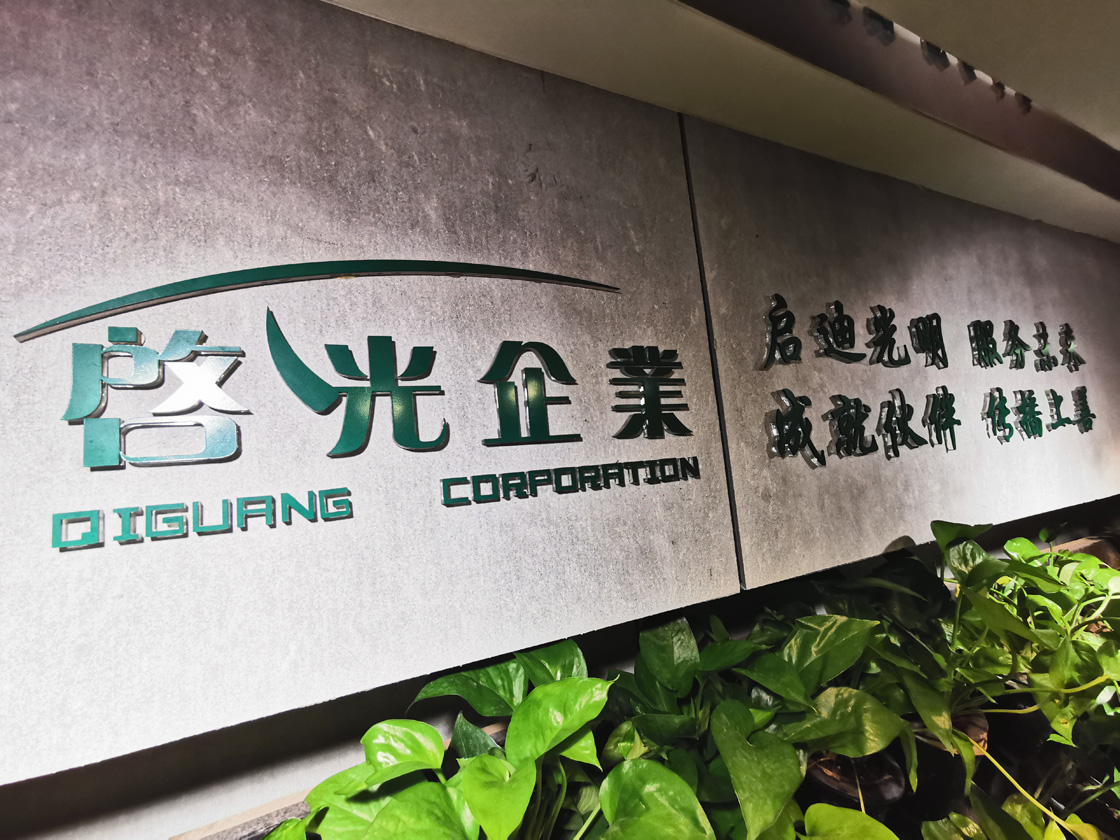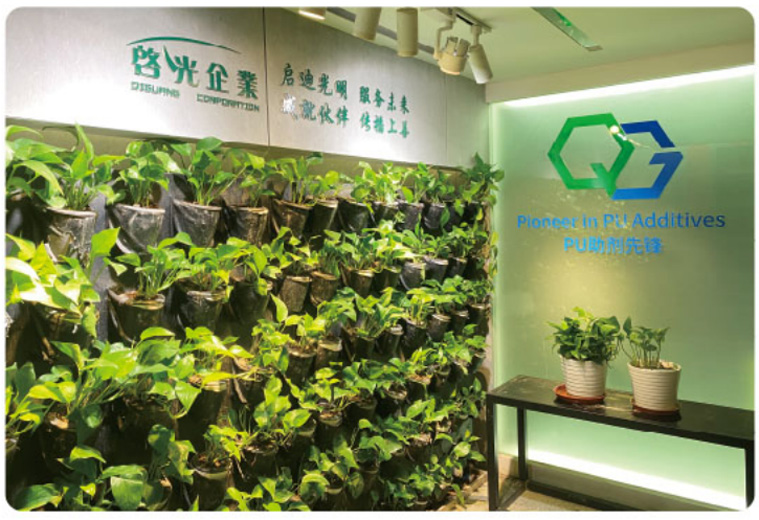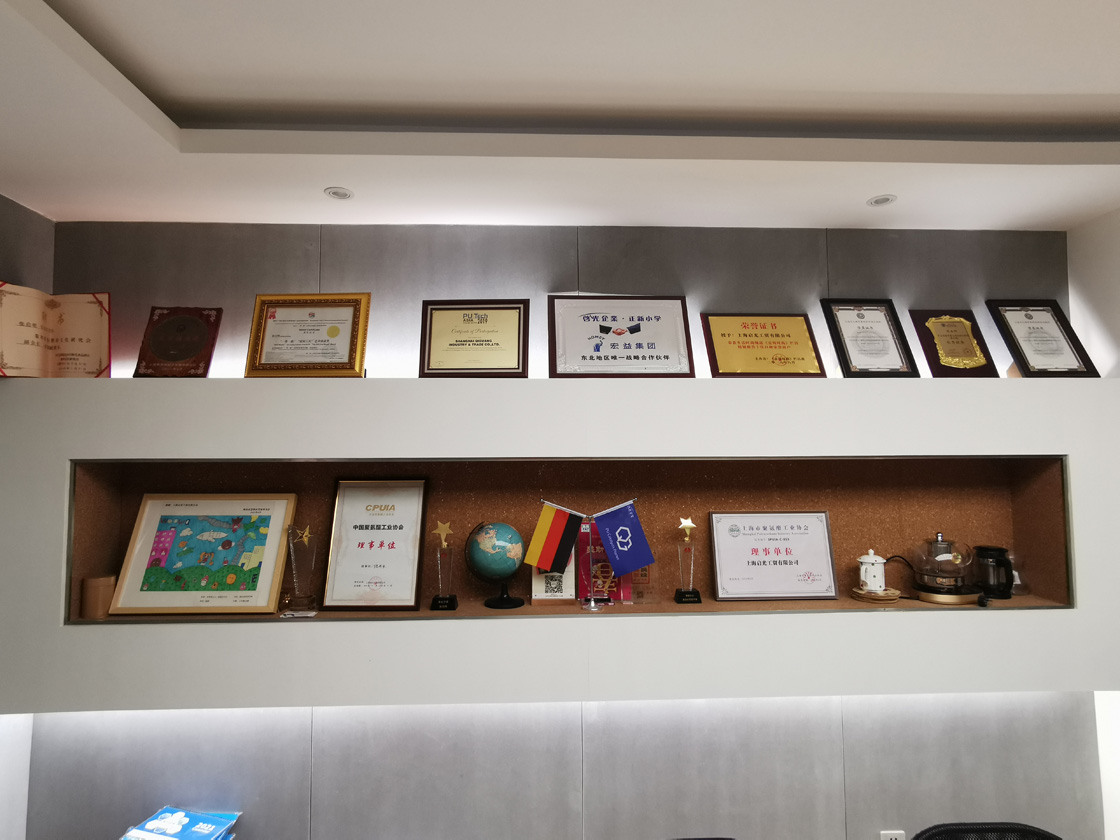Polyurethane three-proof adhesivePreparation method and application
With the rapid development of industrial technology, microelectronic devices have become an indispensable part of various electronic products. However, the traditional fixation method often uses direct welding. And UV curing technology is widely used in coatings, adhesives, microelectronics, dental restorations and biomaterials. Ultraviolet light-cured three-proof adhesive (UV three-proof adhesive) is a UV-cured electronic coating (EMT). It is usually formulated from low-viscosity, low-volatile resin. It can be used in selective spraying equipment and has good waterproof and shock resistance. It has strong resistance to salt spray and its breakdown strength is stronger than other conformal coatings. Under normal circumstances, the rapid curing of circuit board protective UV-cured three-proof adhesive only takes tens of seconds, and UV-cured three-proof adhesive is a solvent-free product, and its components do not contain VOC, which can avoid the need for assembly of products. Exposed to multiple sources of contamination including component residue, fingerprints, dust and grease.

However, with the current UV-cured conformal adhesive, the adhesion to substrates such as PCB circuit boards still needs to be further improved.
Therefore, it is necessary to develop a polyurethane three-proof adhesive with good adhesion, flexibility, fast curing and good flow properties, as well as moisture-proof, mildew-proof and salt spray-proof properties, which can be used in electronic circuits. Board bonding is of great significance to social business and the ecological environment.
This polyurethane three-proof adhesive has good adhesion, flexibility, fast curing and good flow properties, and is also moisture-proof, mildew-proof and salt spray-proof. This polyurethane three-proof adhesive is used for bonding electronic circuit boards. With good effect.
The preparation method of this polyurethane three-proof adhesive uses light-curing resin, trimethylolcyclohexyl acrylate, methyl methacrylate and dipropylene glycol diacrylate as base material resins, giving the polyurethane three-proof adhesive a very good The adhesion of the colloid is improved through the reasonable combination of polyethylene glycol 400 diacrylate, the flexibility of the colloid is improved, the reasonable addition of initiators increases the cross-linking rate, greatly shortening the curing time, and the reasonable addition of leveling agents increases the flow performance of the three-proof adhesive. .
Preparation methods and applications of three-proof adhesive
As electronic products gradually shift toward miniaturization, integration, and multi-function, as well as the diversity of the external environment, serious challenges have been brought to the reliability of electronic products. In order to make the core component of air conditioning – printed circuit board assembly ( PCBA) is protected from the erosion of the external environment and ensures high reliability in long-term operation. Home electronics widely use three-proof adhesive to protect the integrated circuits and components of circuit boards. Three-proof adhesive (also known as three-proof paint and conformal paint) is a protective coating coated on printed circuit boards that have soldered components. Its function is to protect electronic devices from corrosion from harmful external environments, such as dust, moisture, salt spray, chemicals, mold, etc., and has properties such as salt spray resistance, moisture resistance, and mildew resistance.
Currently, traditional solvent-based conformal adhesives are mostly used in the existing technology, which requires a long curing time (7 days), which significantly restricts the subsequent manufacturing process of the product and the overall production/shipping efficiency. In particular, a large amount of VOCs are released during the use of solvent-based conformal adhesives, which will pollute the production site and surrounding environment and affect the health of production personnel. At the same time, the consistency of the coating formed by solvent-based conformal adhesive after curing is relatively poor, and there are bubbles, which seriously affects the protective effect.

The preparation method and application of the three-proof adhesive are to solve the problems existing in the existing three-proof adhesive, such as poor protective performance, poor curing efficiency, or the production of a large amount of VOCs during the application process.
This three-proof adhesive composition includes reactive diluent, polyurethane acrylic resin and photoinitiator.
Acrylate modified silicone resin and its application in UV moisture dual-curing silicone conformal coating
Due to its unique composition and molecular structure, silicone polymer materials have excellent high and low temperature resistance, weather resistance,�It is easy to cause circuit board failure; acrylic conformal paint has weak resistance to organic solvents, poor moisture-proof, salt spray-proof, mildew-proof effects, and poor impact resistance; currently the most commonly used is solvent-based polyurethane conformal paint, which requires With the help of the volatilization of solvent, a thin film is formed on the surface of the circuit board. The main problems currently encountered by solvent-based polyurethane conformal paint are: pressure from environmental protection policies on VOC emissions, the possibility of inducing occupational diseases, and potential storage safety hazards.
UV curing technology uses photoinitiators to absorb ultraviolet rays of specific wavelengths and decompose active substances, thereby triggering the conversion of oligomers into polymers, allowing the paint to complete curing and film formation. UV curing technology has the advantages of fast curing speed, no solvent emissions in the entire process, energy saving, environmental protection and safety. However, in the actual construction process, purely using UV-cured materials also has obvious limitations: it is difficult to apply between opaque materials, complex-shaped substrates, or ultra-thick coatings and colored coatings. The reason is largely due to the difficulty in reaching ultraviolet rays. Based on this, polyurethane acrylate UV-moisture dual-curing conformal paint products are commonly used on the market. They have the advantages of high solid content, zero VOC, and fast light curing speed. In places with poor UV exposure, the conformal paint formula The isocyanate groups in the paint can still undergo a polycondensation reaction in the presence of moisture, eventually allowing the paint film to be completely cured.
However, in practice, it was found that the moisture curing speed of polyurethane acrylate UV-moisture dual-cure conformal coating products is too slow, usually taking 2 to 5 days, seriously affecting production efficiency, which becomes a barrier to UV-moisture dual-cure conformal coating products. An important factor in the comprehensive replacement of solvent-based polyurethane conformal paint by gas dual-cure conformal paint.
The main purpose of this technology is to propose a UV-moisture dual-curing conformal paint and its preparation method and application, aiming to speed up the curing speed of UV-moisture dual-curing conformal coating.

In order to achieve the above purpose, this UV-moisture dual-curing conformal paint includes the following raw materials: polymethacrylate, acrylate monomer, ethyl cyanoacetate, formaldehyde, condensation agent, polymerization inhibitor, photoinitiator , anti-aging agents, fluorescent agents and auxiliaries.
Preparation method of ultraviolet moisture dual-curing acid and alkali resistant three-proof paint
Conformal anti-paint is a specially formulated coating used to protect circuit boards and related equipment from environmental erosion. Conformal anti-paint has good high and low temperature resistance; after curing, it forms a transparent protective film with Excellent insulation, moisture-proof, leakage-proof, shock-proof, dust-proof, anti-corrosion, anti-aging, corona resistance and other properties. PCB is the abbreviation of printed circuit board, also known as printed circuit board. UV conformal paint is a kind of ultraviolet Light-double-curing electronic coatings can be cured by moisture in areas that cannot be cured by light.
UV curing can greatly improve the production efficiency of coating and curing, but pure UV curing three-proof materials on PCBs with plug-ins can easily lead to the problem that shadow areas cannot be cured, affecting product performance.
The purpose of this technology is to provide a preparation method for UV-moisture dual-curing acid and alkali-resistant conformal paint to solve the technical problem that UV cured conformal materials on PCBs with plug-ins can easily cause shadow areas to fail to cure.
The preparation method of UV-moisture dual-curing acid and alkali-resistant three-proof paint includes the following steps,
S1. Add hydroxyl-terminated polybutadiene resin to the reaction kettle, stir and raise the temperature to 90-100°C, vacuum for 1 hour, introduce nitrogen to break the vacuum, cool to 30-40°C, add end-capping agent, and stir Evenly, raise the temperature to 80°C, react for 2 hours, add the catalyst, continue the reaction for 3 hours, and obtain the intermediate product;
S2. Add photoinitiator, reactive diluent, leveling agent and accelerator to the intermediate product, stir evenly to obtain the finished product.